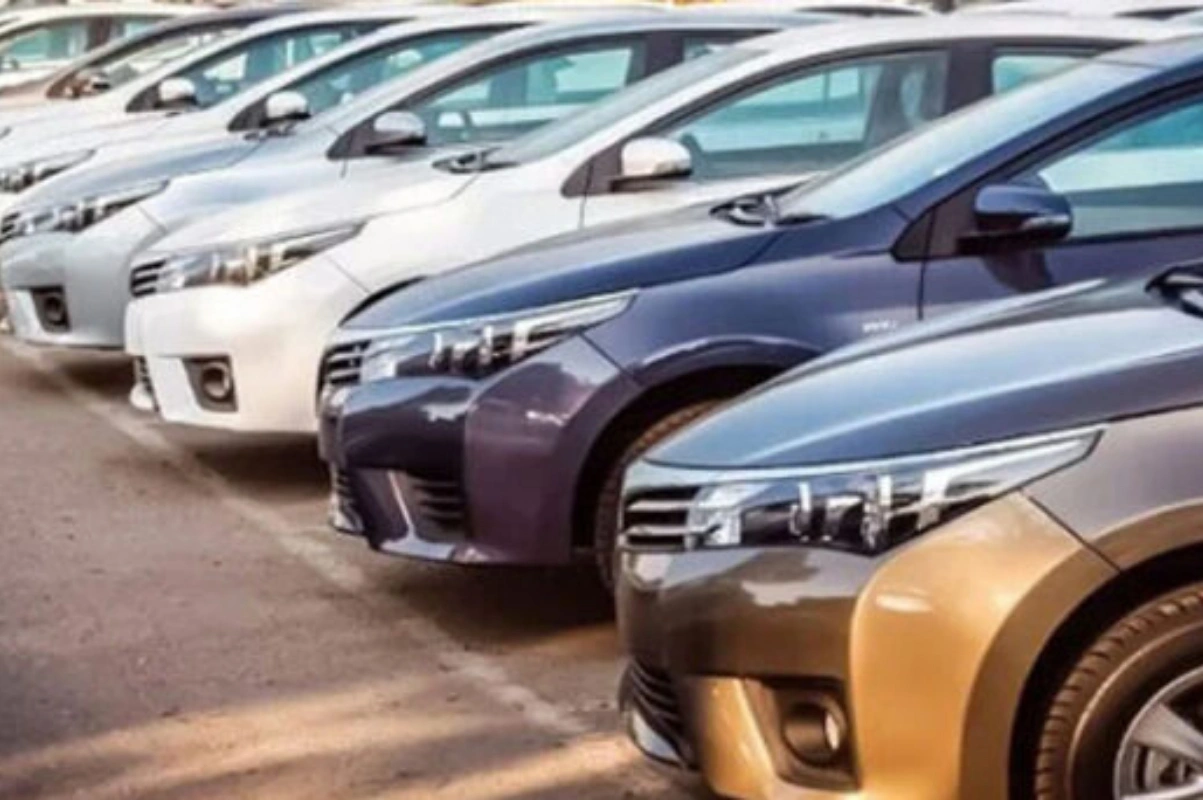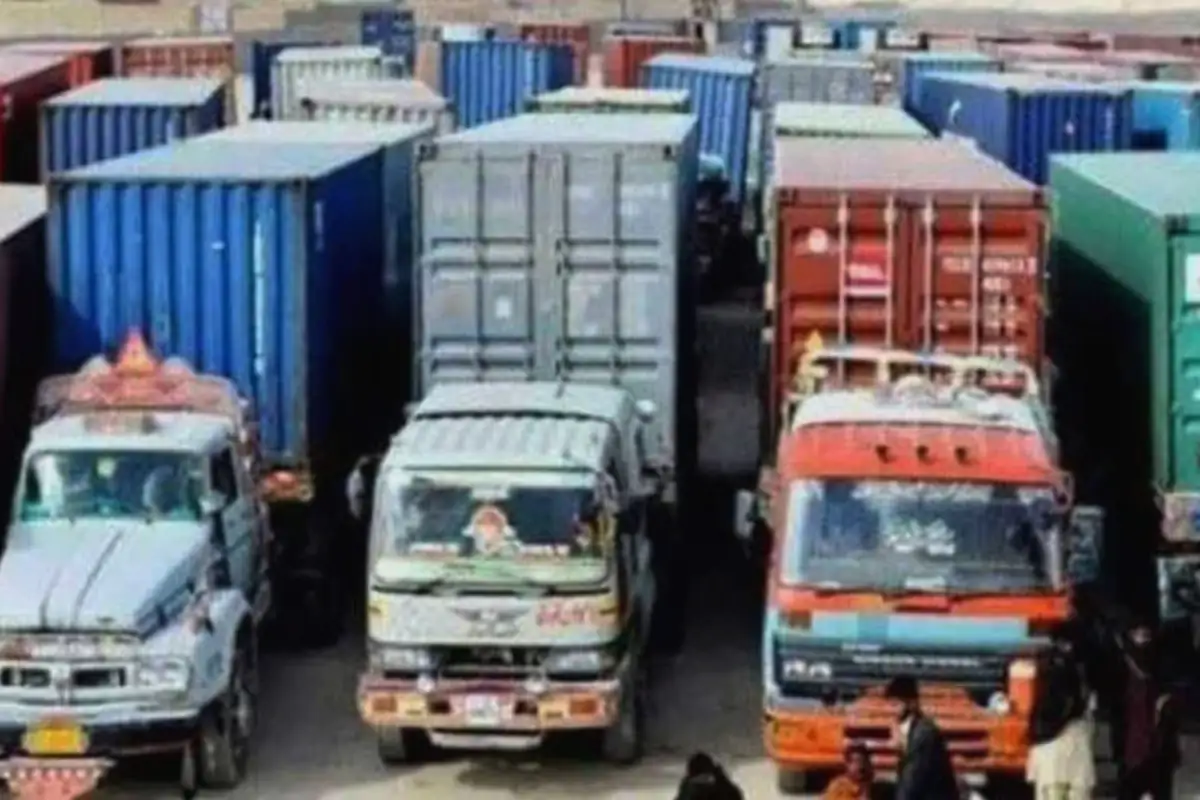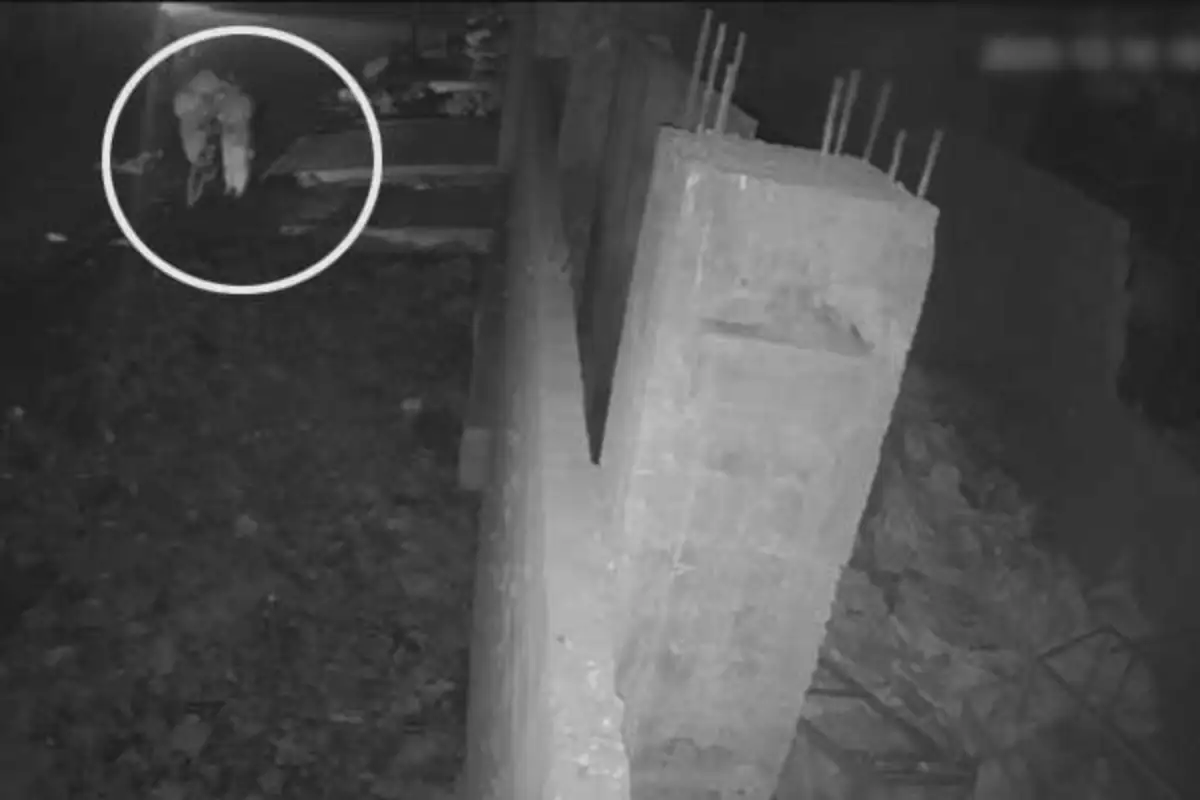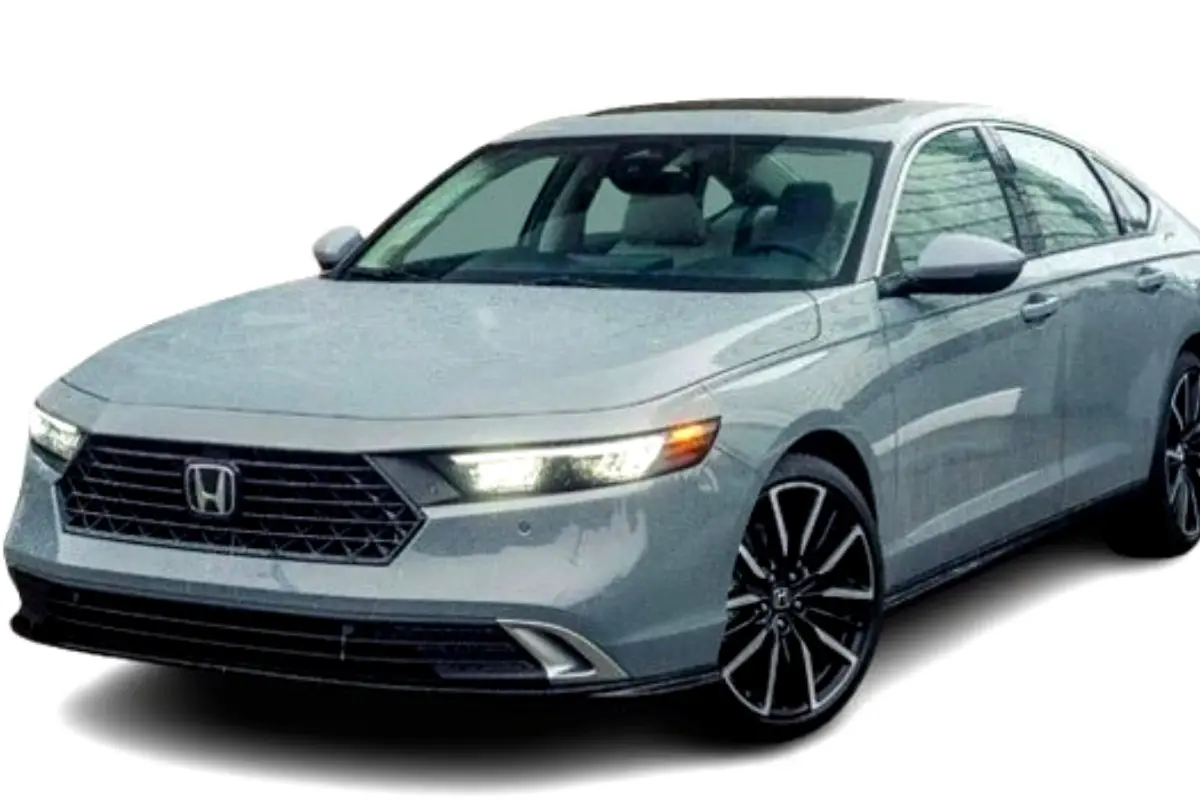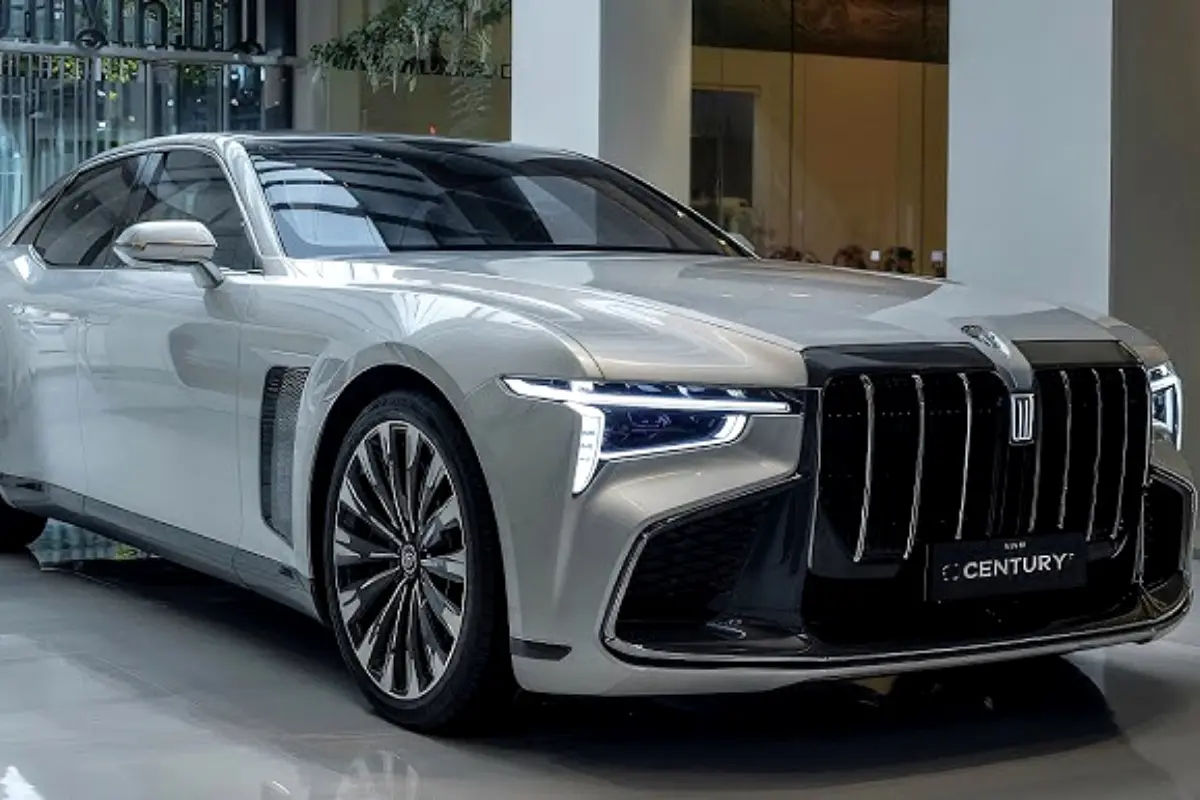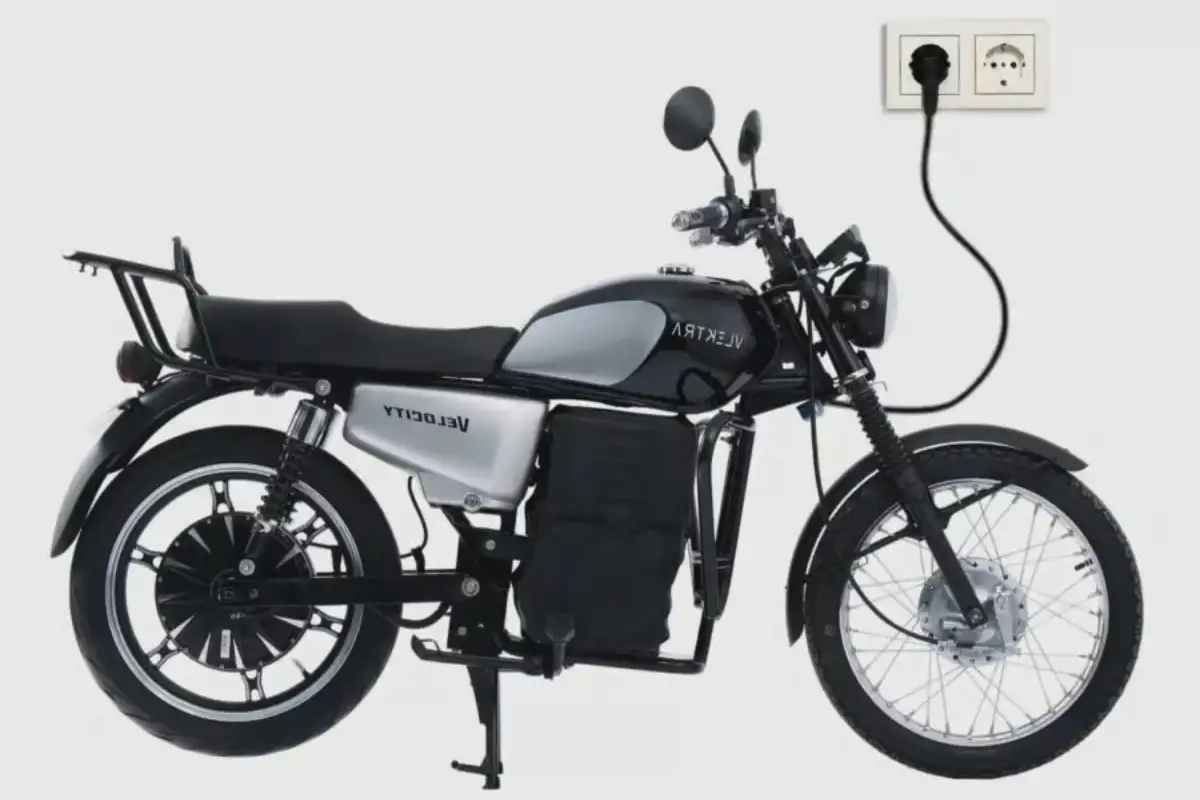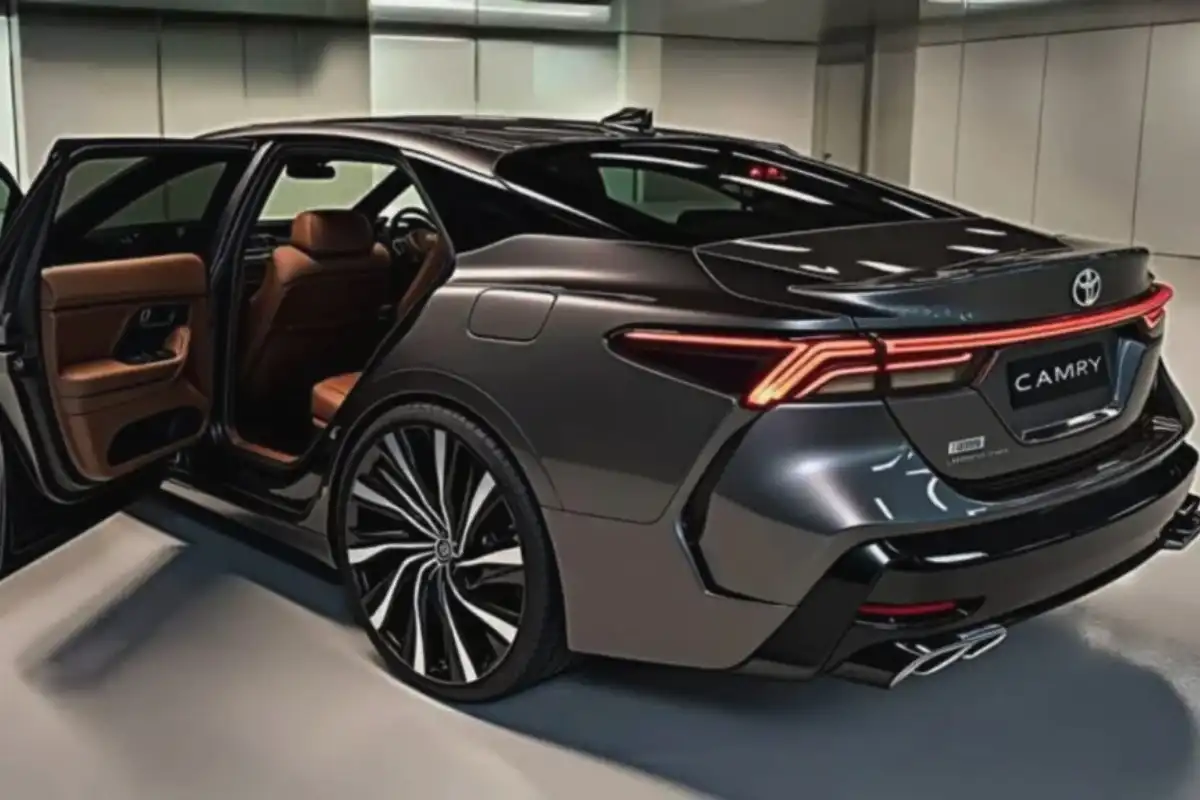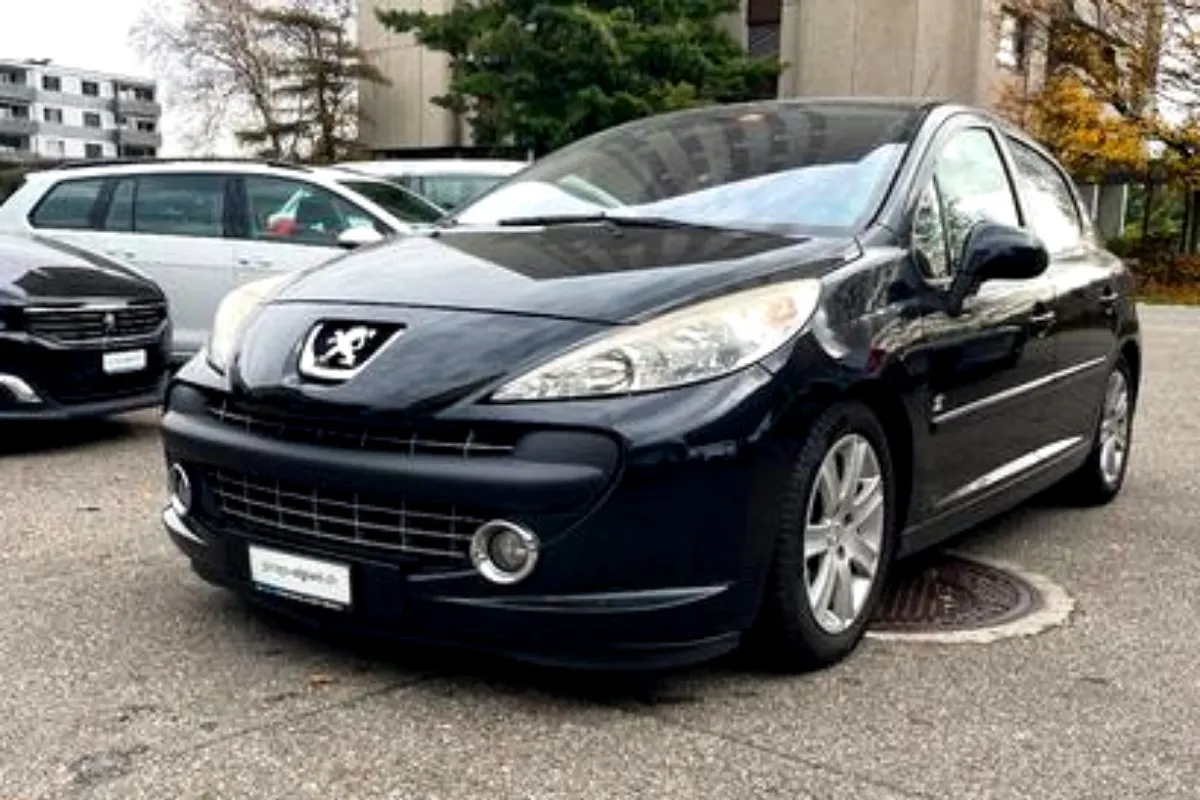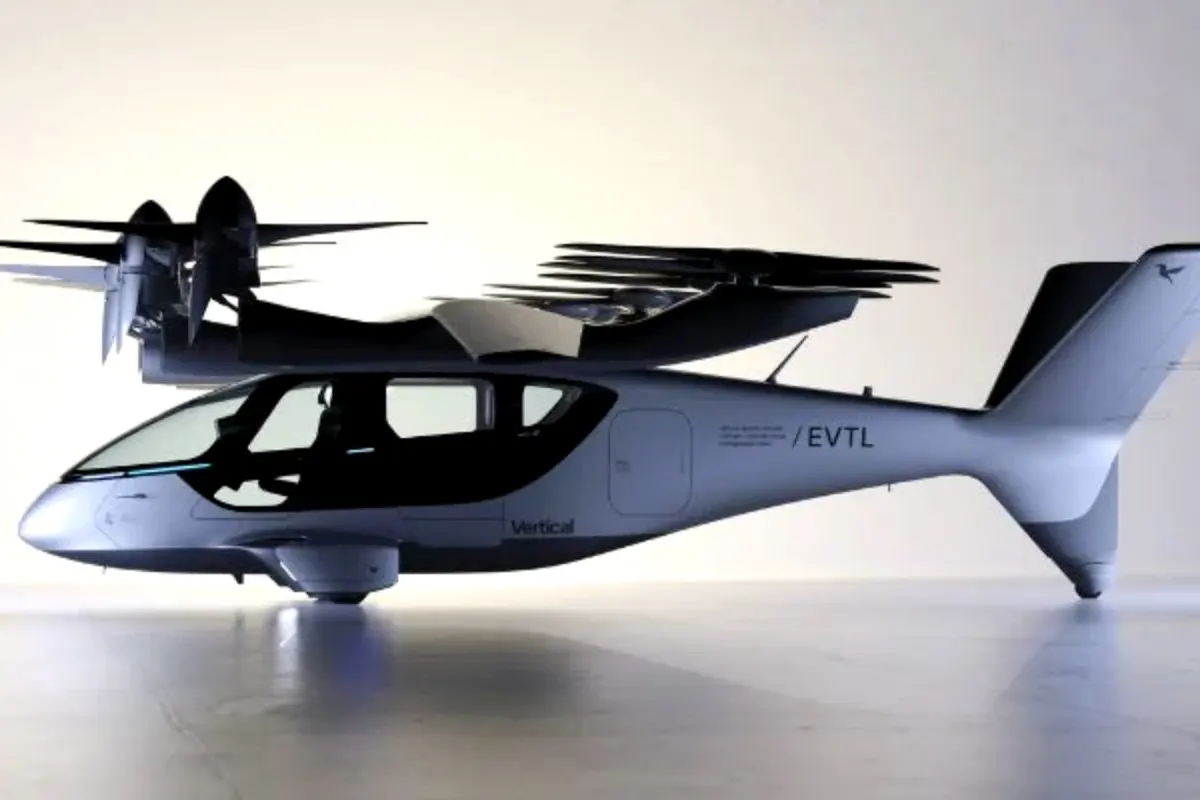Amid record-high car prices in Pakistan, the upcoming federal budget for 2025-26 could bring much-needed relief, especially for those eyeing imported vehicles. The government is reportedly considering significant reductions in import duties on used cars and extending the age limit for imports, potentially bringing down prices by up to Rs. 10 lakh.
According to the Pakistan Motor Dealers Association (APMDA), these proposed changes could make small imported Japanese vehicles far more affordable. The chairman of the association noted that the age limit for used vehicle imports might be raised from three to five years, and customs duties could be lowered in the next budget announcement.
“If these proposals are implemented, the prices of small imported cars could drop by Rs. 500,000 to Rs. 1 million,” the chairman said. “We expect better-quality Japanese vehicles to be available for under Rs. 2 million.”
These developments align with Pakistan’s commitment to the International Monetary Fund (IMF), which includes gradually reducing high taxes and duties on used vehicles over the next five years. At present, imported cars are taxed at a combined rate ranging from 96% to 475%. The government is considering replacing this with a competitive tax structure, potentially cutting duties by 20% each year.
Highlighting the wide gap in car pricing, the APMDA chairman pointed out that the most affordable locally assembled vehicle in Pakistan costs around Rs. 3.1 million. In comparison, the same model is priced at just Rs. 375,000 in a neighboring country, and after adjusting for currency differences, it should cost approximately Rs. 1.3 million in Pakistan. The proposed duty reforms would help close this gap and make Japanese vehicles available at much lower prices.
He also emphasized that five-year-old Japanese vehicles are generally cheaper than three-year-old ones, and extending the import age limit would pass on these savings to Pakistani consumers.
If approved, used car imports could surge to 70,000–80,000 units in the next fiscal year, up from the current 30,000. This increase could boost government revenue by as much as 70% through greater tax collection.
